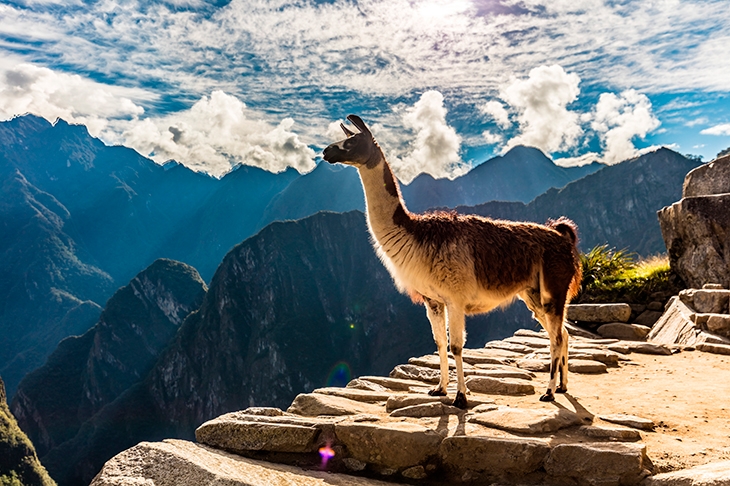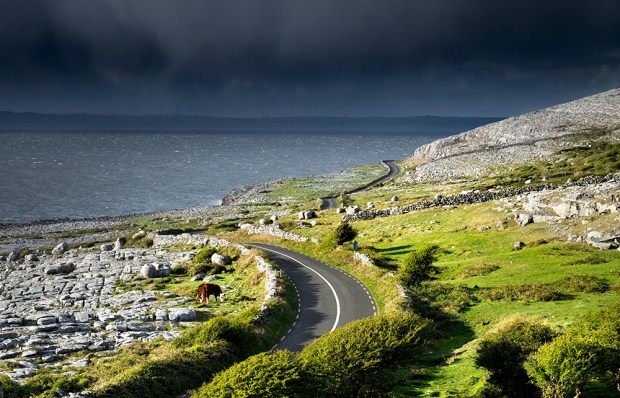As the planet gets more and more ravaged, the mind can begin to glaze over at the cumulative general statistics — so much rainforest lost, so many glaciers melted, so much less oil left. Joseph Zárate’s masterly new book reminds us that when it comes to fighting on the front line of the environmental wars, it’s all in the detail, and that nothing is quite as simple as might at first appear.
Already a subscriber? Log in
Subscribe for just $2 a week
Try a month of The Spectator Australia absolutely free and without commitment. Not only that but – if you choose to continue – you’ll pay just $2 a week for your first year.
- Unlimited access to spectator.com.au and app
- The weekly edition on the Spectator Australia app
- Spectator podcasts and newsletters
- Full access to spectator.co.uk
Or
Unlock this article
You might disagree with half of it, but you’ll enjoy reading all of it. Try your first month for free, then just $2 a week for the remainder of your first year.














Comments
Don't miss out
Join the conversation with other Spectator Australia readers. Subscribe to leave a comment.
SUBSCRIBEAlready a subscriber? Log in